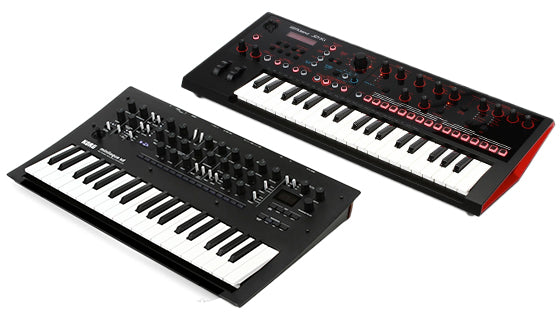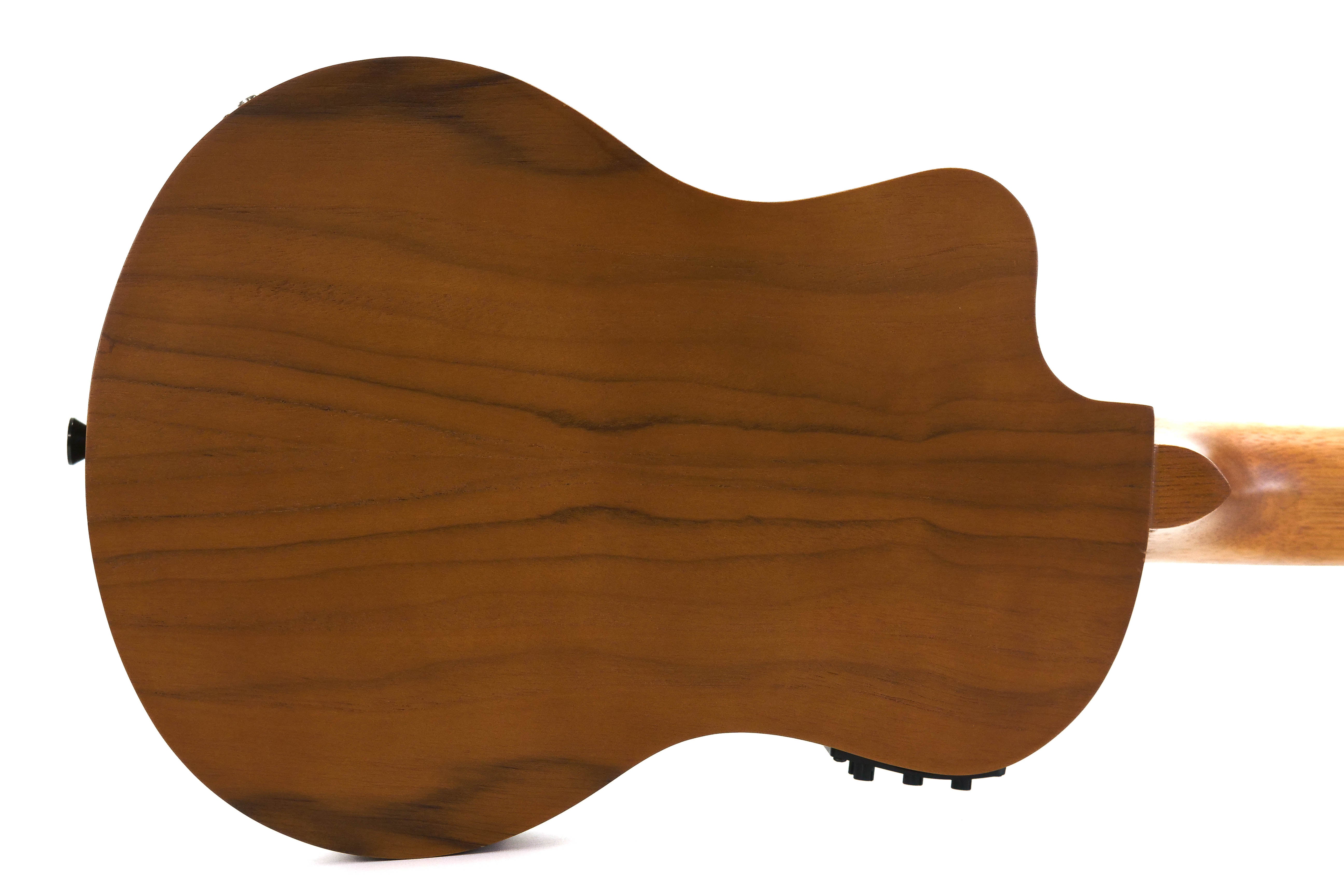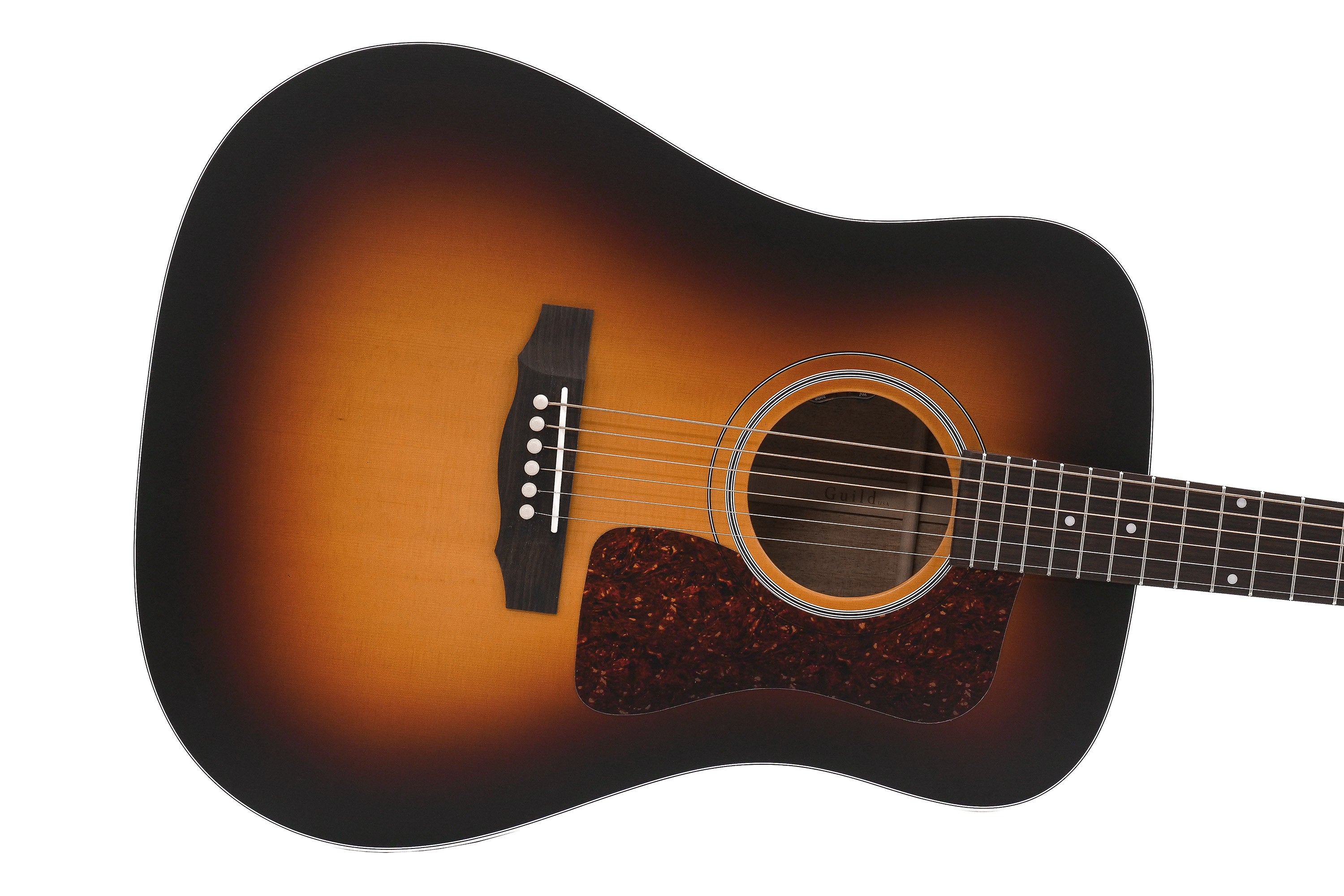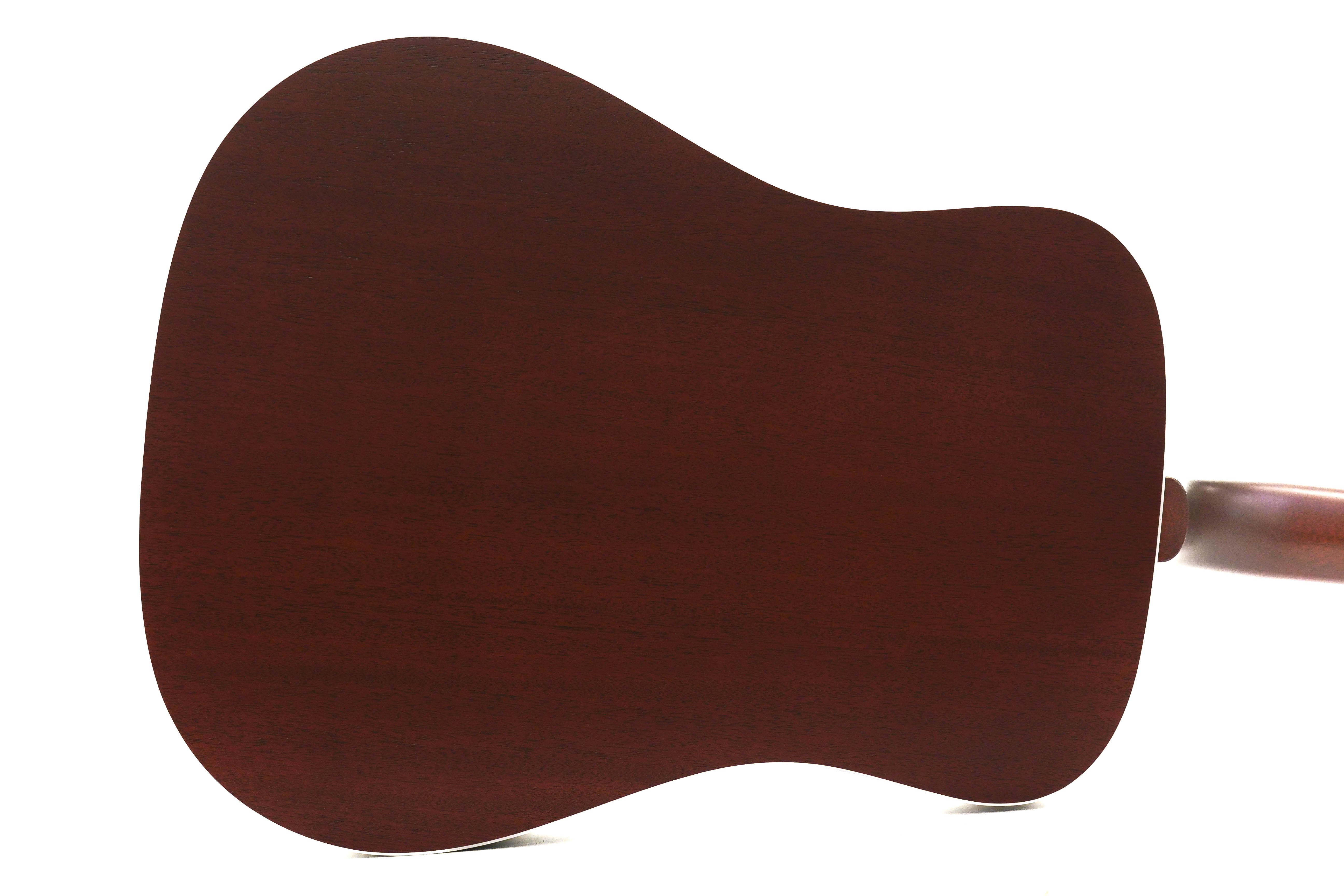Introduction: Exploring Analog and Digital Fusion
When it comes to versatile synthesizers, the Korg minilogue XD and Roland JD-Xi stand out with their unique features. Both synths blend analog warmth with digital flexibility but cater to different creative needs. Let's dive into how they compare in terms of sound design, usability, and features.
Sound Design: Analog and Digital Excellence
The Korg minilogue XD offers a powerful blend of analog and digital synthesis. With its 4-voice architecture, it combines analog oscillators with a digital multi-engine, including FM and wavetable options. This provides a broad sonic palette, from rich analog tones to intricate digital textures.
Conversely, the Roland JD-Xi also merges analog and digital sounds but with a different approach. It features a monophonic analog engine for classic bass and lead tones, complemented by two digital engines that deliver 128-voice polyphony and SuperNATURAL synth tones. This combination gives it a distinct sound profile that’s both fat and versatile.
Sequencing Capabilities: From Patterns to Motion
The Korg minilogue XD includes a comprehensive polyphonic step sequencer with 16 steps and motion recording for knob movements. This flexibility allows for dynamic and evolving sequences, ideal for creating complex musical phrases.
In comparison, the Roland JD-Xi boasts a 4-track pattern sequencer, perfect for building loops and integrating various sounds. It supports both real-time and step recording modes, making it a strong choice for live performances and composition.
Effects and Processing: Shaping Your Sound
The Korg minilogue XD shines with its 32-bit floating-point digital effects engine, offering modulation, delay, and reverb effects. This sophisticated processing enriches the analog sounds and allows for deep customization.
On the other hand, the Roland JD-Xi provides a robust suite of four simultaneous effects. It also includes Pro Drum kits for impactful beats, though its effects are more straightforward compared to the minilogue XD's advanced options.
Vocoding and Vocal Processing: Unique Features
One standout feature of the JD-Xi is its gooseneck mic with Vocoder and AutoPitch. This setup allows for creative vocal manipulation directly from the synth, adding an extra layer of versatility to your performances.
The Korg minilogue XD, while lacking a built-in mic, focuses on sound design without this vocal processing feature. Its strength lies in its synthesis capabilities rather than vocal effects.
Portability and Connectivity: On the Go and Beyond
The Korg minilogue XD offers CV connectivity for modular setups and sync I/O for integration with other Korg gear, making it a flexible choice for studio and live use. Its compact size is ideal for mobile setups.
The Roland JD-Xi, though compact, features USB for audio and MIDI connectivity, enhancing its integration with computer-based music production. Its portable design and built-in mic make it a convenient option for on-the-go music creation.
Conclusion: Choosing the Right Synth
Both the Korg minilogue XD and Roland JD-Xi excel in their own right. The minilogue XD is perfect for those seeking deep sound design with extensive effects and sequencing capabilities. Meanwhile, the JD-Xi stands out for its vocal processing features and versatile pattern sequencing. Your choice will depend on your specific needs and creative goals.
Get the Korg minilogue XD 4-voice Analog Synthesizer HERE
Get the Roland JD-Xi Analog/Digital Synthesizer HERE
Master the Ukulele with Uke Like The Pros
Master the Guitar with Rock Like The Pros
As an affiliate, I earn from qualifying purchases at no additional cost to you











